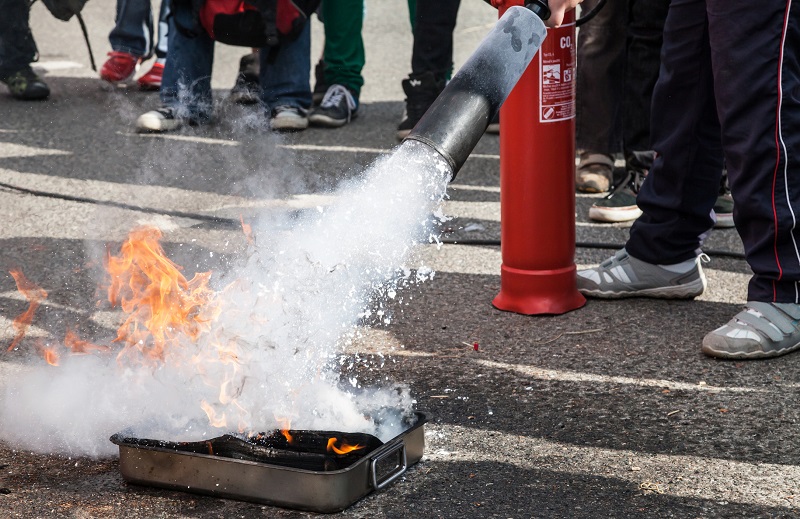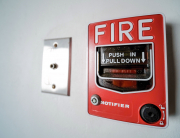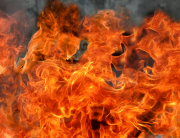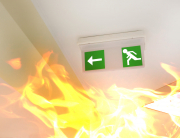In the fire industry, wet chemical fire extinguishers are a relatively new invention. It’s been found that cooking appliances are the single biggest accidental fire source either at home or at the workplace. As a result, the wet chemical has been found to be at the top of the list of the most effective fire extinguisher of fires that result from deep fat fryers. The wet chemicals mainly work by cooling and emulsifying when it’s applied to burning oils and fats. When this happens, the surface is sealed, and the fire is prevented from reigniting. Extinguishers using wet chemicals are also rated in the A and F classes of fire rating.
How wet chemicals extinguish fires
For a fire or combustion to occur, there are three things that must be present to make it start and stay burning. These three things include heat, fuel and oxygen. When one of the three components of a fire are removed from the equation, the fire will stop burning. Think of it as a triangle with the three sides containing heat, oxygen and fuel respectively. On the inside of the triangle is the resulting fire. If any of the three sides is removed, the fire inside remains exposed and it’ll be affected. This is what the wet chemical does as it puts the fire out. The wet chemical uses the following method to extinguish fires:
Cooling Class A fires
The very first step in the process of extinguishing a fire with these chemicals is cooling. This involves getting rid of the heat that’s part of the components supporting combustion. This is especially true for Class A fires. It cools the burning material and removes the heat from the triangle of combustion. This means that the triangle will now have only two sides made up of oxygen and fuel. When the heat lacks, and the other two components are present, combustion won’t take place because temperatures will start dropping rapidly. Fires classified in the Class A category are those resulting from flammable solids like leaves, wood, paper, some plastics, fabrics and carpet.
Smothering Class F Fires
In extinguishing Class F fires, wet chemicals work by covering the flammable liquid using a blanket of foam. This foam blanket then forms a crust on top of the fat or cooking oil. As a result, the oxygen supply to the other elements of combustion is cut off. This hinders the process of combustion from continuing. The blanket foam contains some water in it which serves to lower the temperature of the liquid that’s flammable. So, in this case, our triangle loses the oxygen and finally the heat. Hence, the fire isn’t supported as the vital parts have been effectively removed.
The advantages and disadvantages of fire extinguishers that use wet chemicals
It’s very important to know both the benefits and demerits of fire extinguishers using wet chemicals. This is very helpful in making the decision on the kind of extinguishers to purchase whenever a person is seeking to buy one. There are numerous advantages associated with wet chemical extinguishers. They include;
- They’re more effective for fighting fires that result from cooking fats
- Has both Class A and F ratings
- The water content in it helps in cooling the material quickly by evaporating and taking the heat away with it.
- Has low-pressure applicator. This ensures that the burning oil doesn’t jump around
- It has a lance that ensures that the person operating it is at a safe distance
- It’s been certified to be safe for use near electrical equipment
- Leaves no dry chemical that needs to be cleaned
Wet chemicals also have a few downsides which include:
- The costs of buying and refilling are high
- Has limited use as it can’t be used on Class D fires







